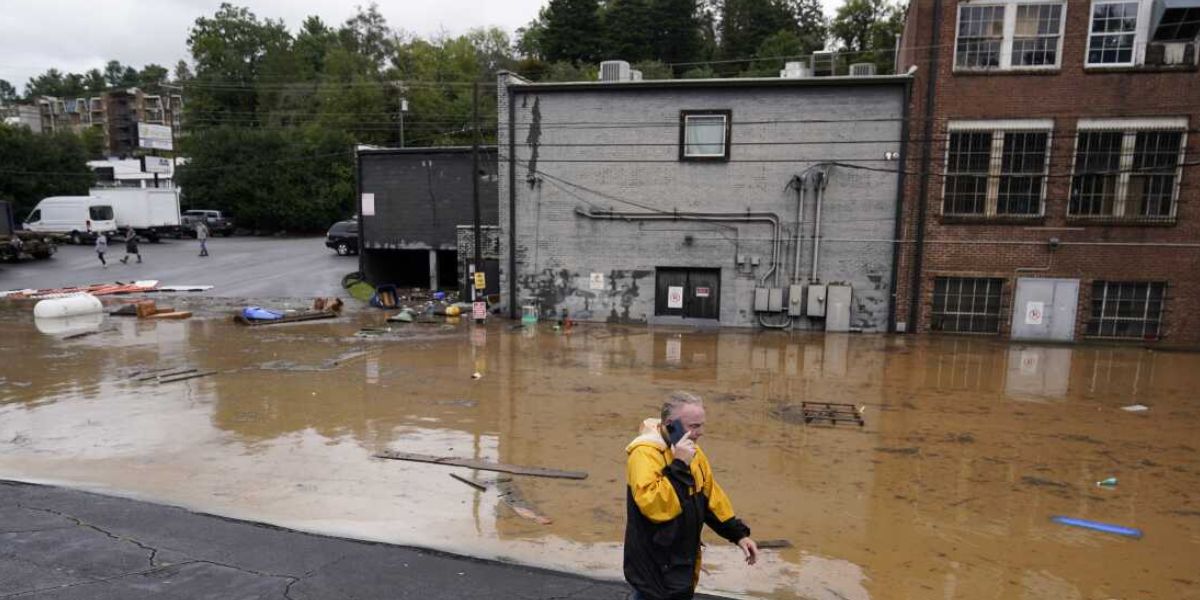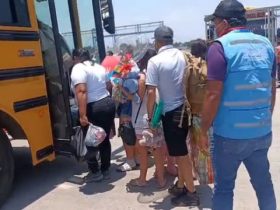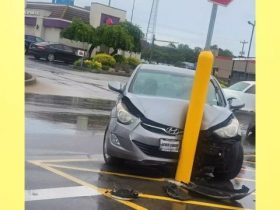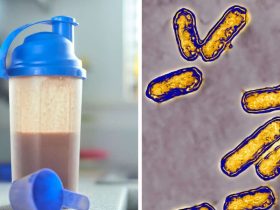WPBN: In addition to recuperating from the devastation caused by hurricanes Helene and Milton, which struck Florida thirteen days apart, the state and neighboring states in the southeastern region may soon be trying to deal with more than two hundred species that are considered to be invasive.
According to the United States Geological Survey (USGS), the floodwaters and floodwaters from Hurricanes Helene and Milton may have expedited the spread of invasive plant and animal species into new areas in Florida, as well as in the states of Georgia, North Carolina, and South Carolina, and maybe even in the states of Virginia and Maryland.
A new set of maps was created in order to monitor the whereabouts of aquatic non-native and invasive species that may have been transported as a result of the flooding that was caused by the hurricanes.
Following Hurricane Harvey’s spread of invasive species throughout the southeast Texas region, the United States Geological Survey (USGS) started developing flood and storm tracker maps in 2017 in order to forecast the spread of invasive species.
“Invasive species are non-native species whose introduction causes or is likely to cause economic damage, environmental harm, or a risk to human health or cultural practices. Invasive species can decrease agricultural production, compete with native plants and wildlife, impair critical water infrastructure, transmit disease to wildlife and humans, threaten commercial and native fisheries, and cost governments and industries billions of dollars,” USGS stated.
222 potential non-native species could spread due to storm-related floods, according to Hurricane Helene’s preliminary map.
According to Ian Pfingsten, a USGS botanist who contributed to the maps’ creation, “90 species are regarded as invasive and likely to spread via flood waters.”
According to Pfingsten, 56 of the 114 potential non-native species on Hurricane Milton’s preliminary map are invasive and likely to spread by flood waters.
Hurricane Helene Aftermath: U.S. 70 Bridge in North Carolina Reopens After Three-Month Repair
Given that Florida experienced two hurricanes in a two-week period, it is anticipated that invasive species may overlap on both maps. These maps will be updated upon the release of final flooding data.
The list of invasive species includes the giant applesnail, Asian swamp eel, and the well-known Burmese python from Florida. Because they are known to contain parasites, both may be harmful to human health, according to the USGS.
According to the USGS, flathead and blue catfish, which are already invasive in the coastal plains and have shown significant effects on the food web, have the ability to expand to new places, according to Hurricane Helene’s preliminary map. Others might be aligatorweed and Cuban treefrogs.
“Cuban treefrogs prey on and outcompete native frog species, impact infrastructure, and secrete a noxious chemical that can cause burning in the eyes or nose if a human handles them. Alligatorweed can clog waterways, impact infrastructure, and can lead to stagnant water that supports mosquitos breeding,” USGS warns.
The USGS’s Nonindigenous Aquatic Species database, which compiles information on nationally verified observations of non-native aquatic species, provided the data used to construct the maps. It is kept up to date by Gainesville-based USGS scientists and includes 1,413 records of aquatic non-native plants and animals across the country.
Man Raises $750K to Provide Campers for Hurricane Helene Victims Still Without Homes
In late September and early October, villages in Florida were devastated by Hurricanes Helene and Milton, which struck within 13 days.
Since 1871, Florida has experienced three hurricanes in a single season six times, including Milton, which was the third hurricane to strike the state in a single year. Milton alone is estimated to have suffered financial damages of almost $34 billion, excluding fatalities.












Leave a Reply